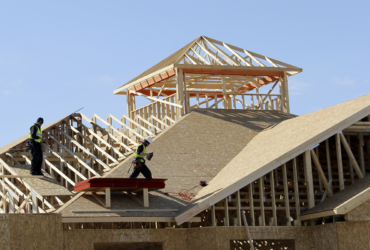In a market marked by fluctuating trends, the southern region of the United States emerges as a beacon of resilience, with new home sales experiencing a notable uptick in February. According to the latest data released by the U.S. Census Bureau, new home sales in the South rose to a seasonally adjusted annual rate of 367,000, marking a 3.7% increase from the previous month. While this surge is a positive sign, it’s worth noting that it still represents the second-lowest level observed in the last 12 months.
The South, which has long been a stronghold in the real estate market, now commands a significant share, accounting for 55% of all new home sales in the country. This dominance underscores the region’s economic vitality and its enduring appeal to homebuyers.
What makes this rise even more noteworthy is its defiance of national trends. While the South experienced growth, national new home sales saw a slight decline of 0.3%, falling short of economists’ predictions of a 1.3% increase. This disparity highlights the South’s resilience amid broader market challenges.
Diving deeper into the national landscape, it becomes evident that the Northeast and Midwest bore the brunt of the downturn, with new home sales plummeting by 31.5% and 2.4%, respectively. Conversely, the West mirrored the South’s success, witnessing a commendable 2.3% increase in new home sales.
The inventory of new houses for sale at the end of February also saw an uptick, rising by 1.3% from January to reach 463,000 units—the highest level since October 2022. However, this increase in inventory also brings forth concerns about oversupply, with the current supply equating to 8.4 months at the current sales rate. Such a surplus could potentially exert downward pressure on prices and demand in the coming months.
Speaking of prices, the national median sales price experienced a notable decline, dropping to $400,500—a 7.6% decrease compared to the previous year. This decline is significant as it indicates a shift in the market dynamics, with potential buyers facing reduced purchasing power due to higher mortgage rates.
The decrease in median sales price could be interpreted as a double-edged sword. While it may make homeownership more accessible for some buyers, it also reflects broader economic uncertainties and challenges in the housing market.
The rise in new home sales in the South offers a glimmer of hope amid a complex and evolving real estate landscape. However, challenges such as fluctuating national trends, inventory concerns, and declining median prices underscore the need for continued vigilance and strategic planning within the housing sector. As we navigate these uncertainties, stakeholders must remain adaptable and proactive in addressing emerging market dynamics to ensure a sustainable and resilient housing market for all.





